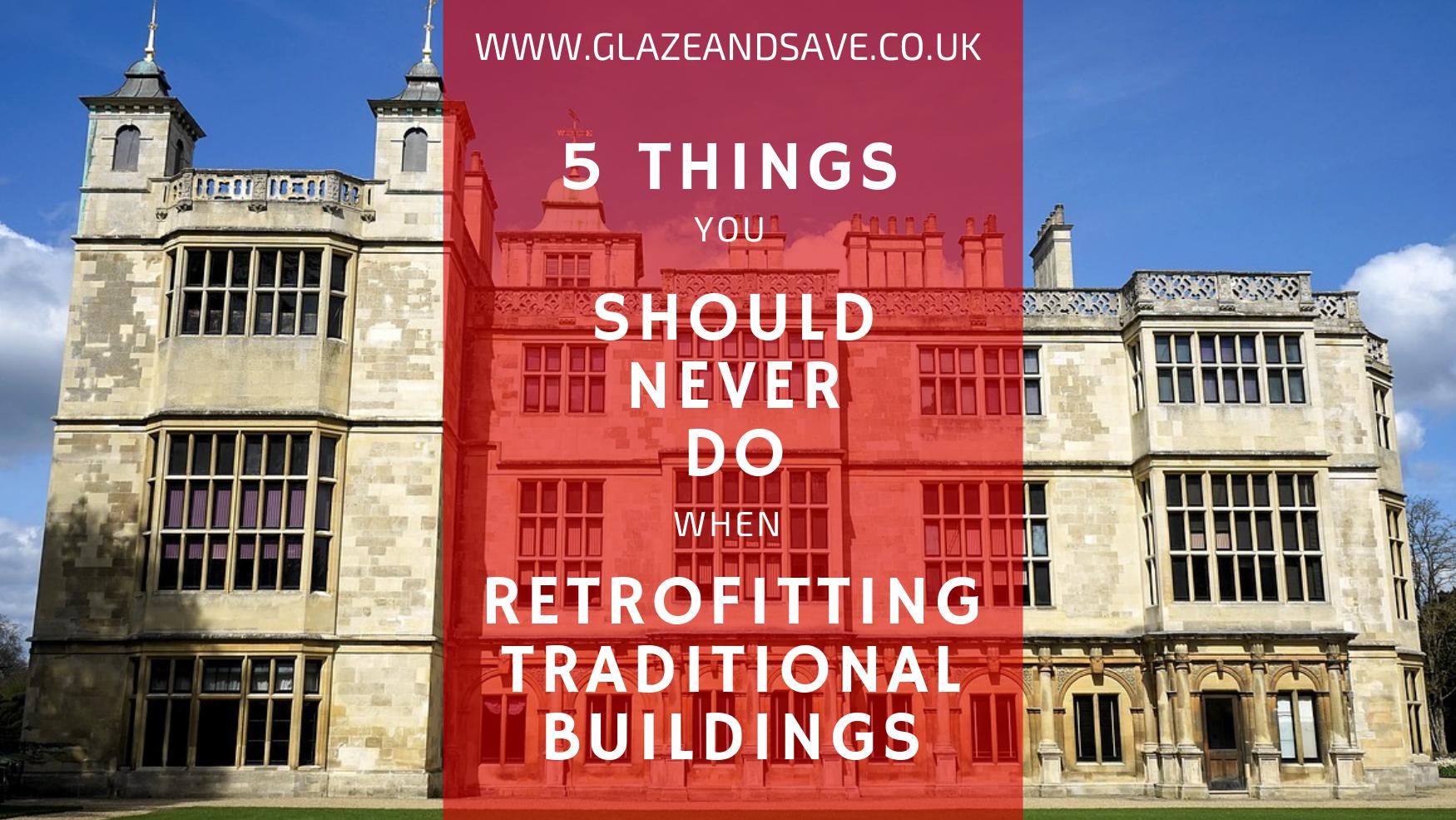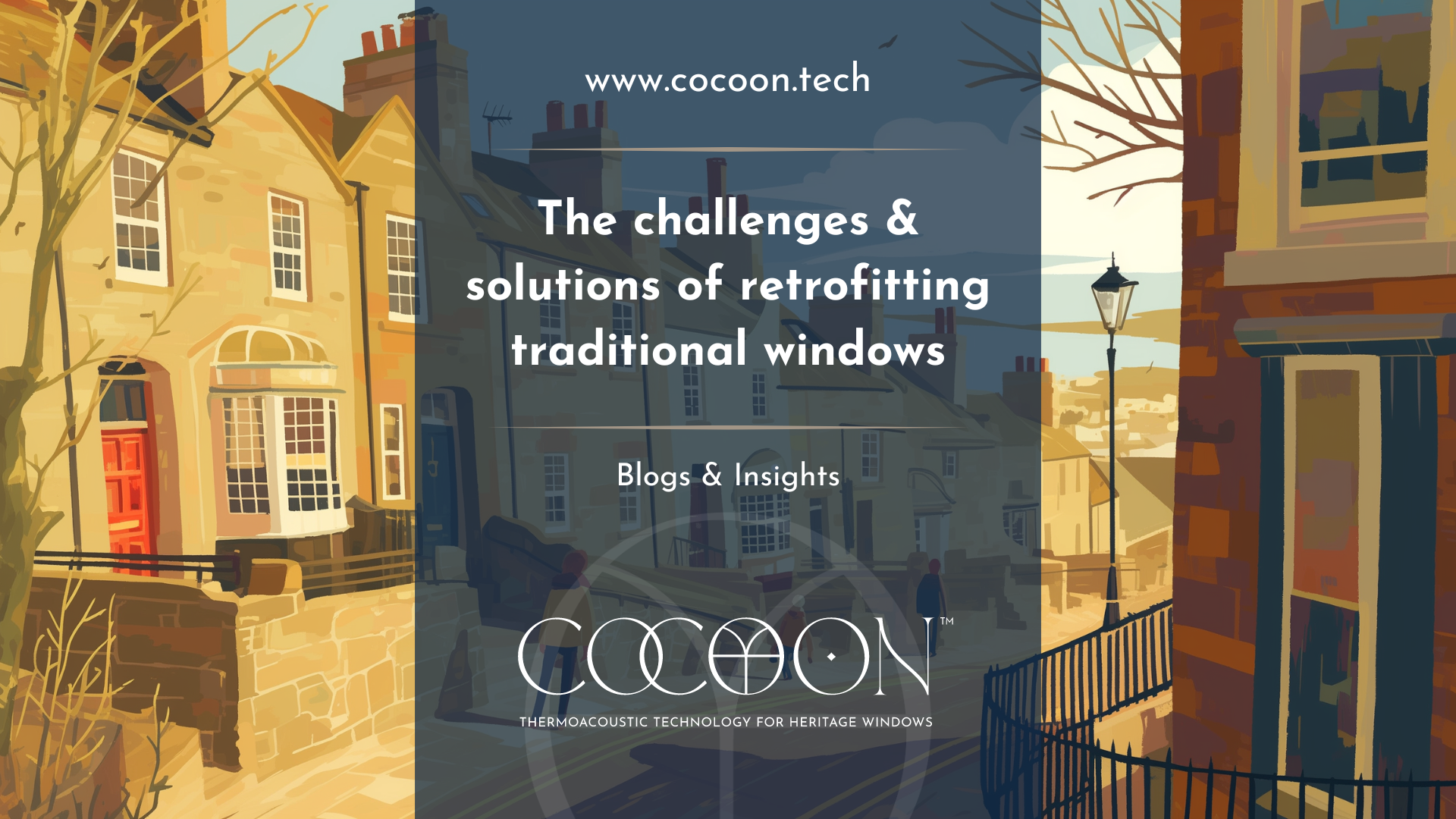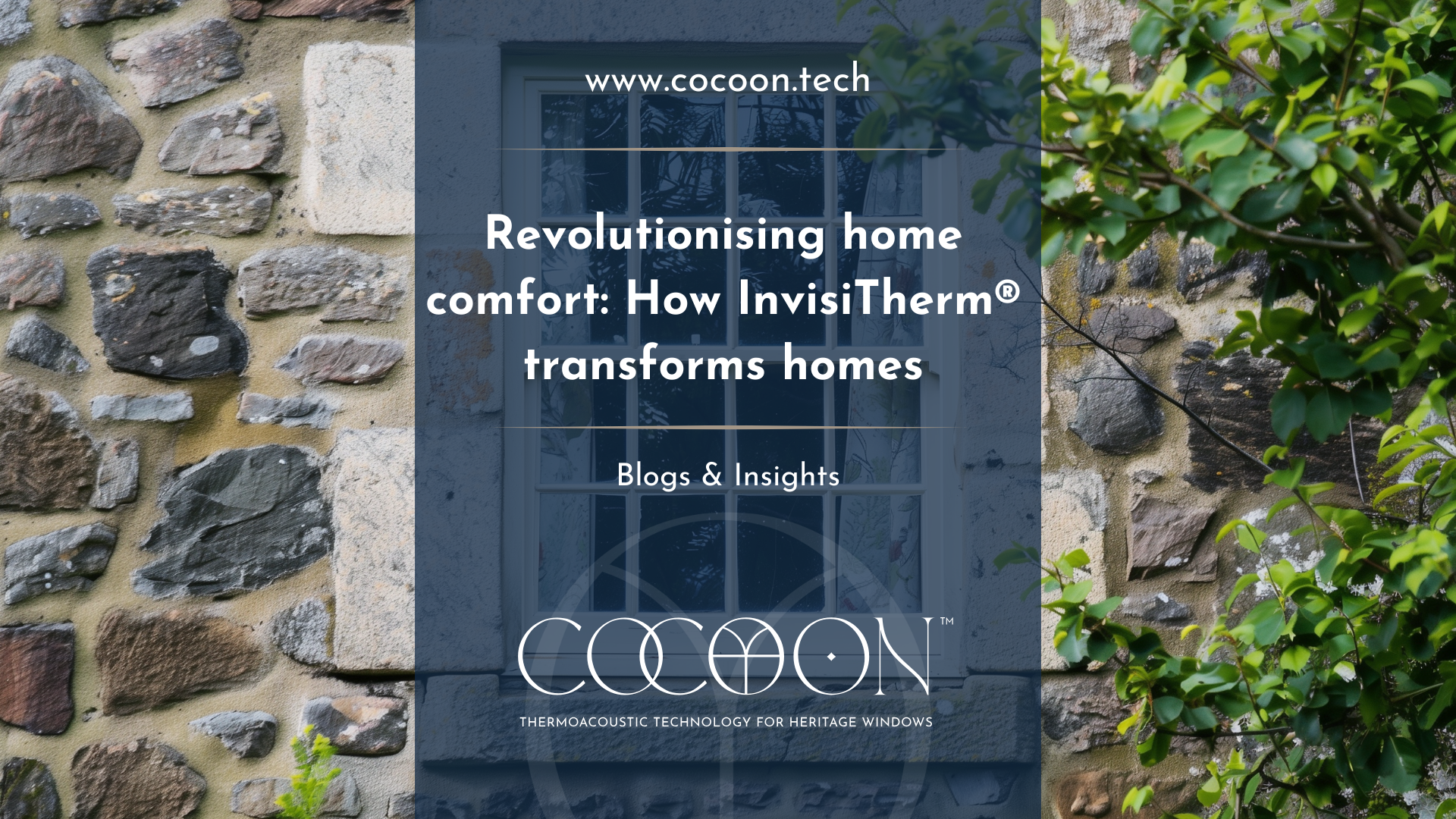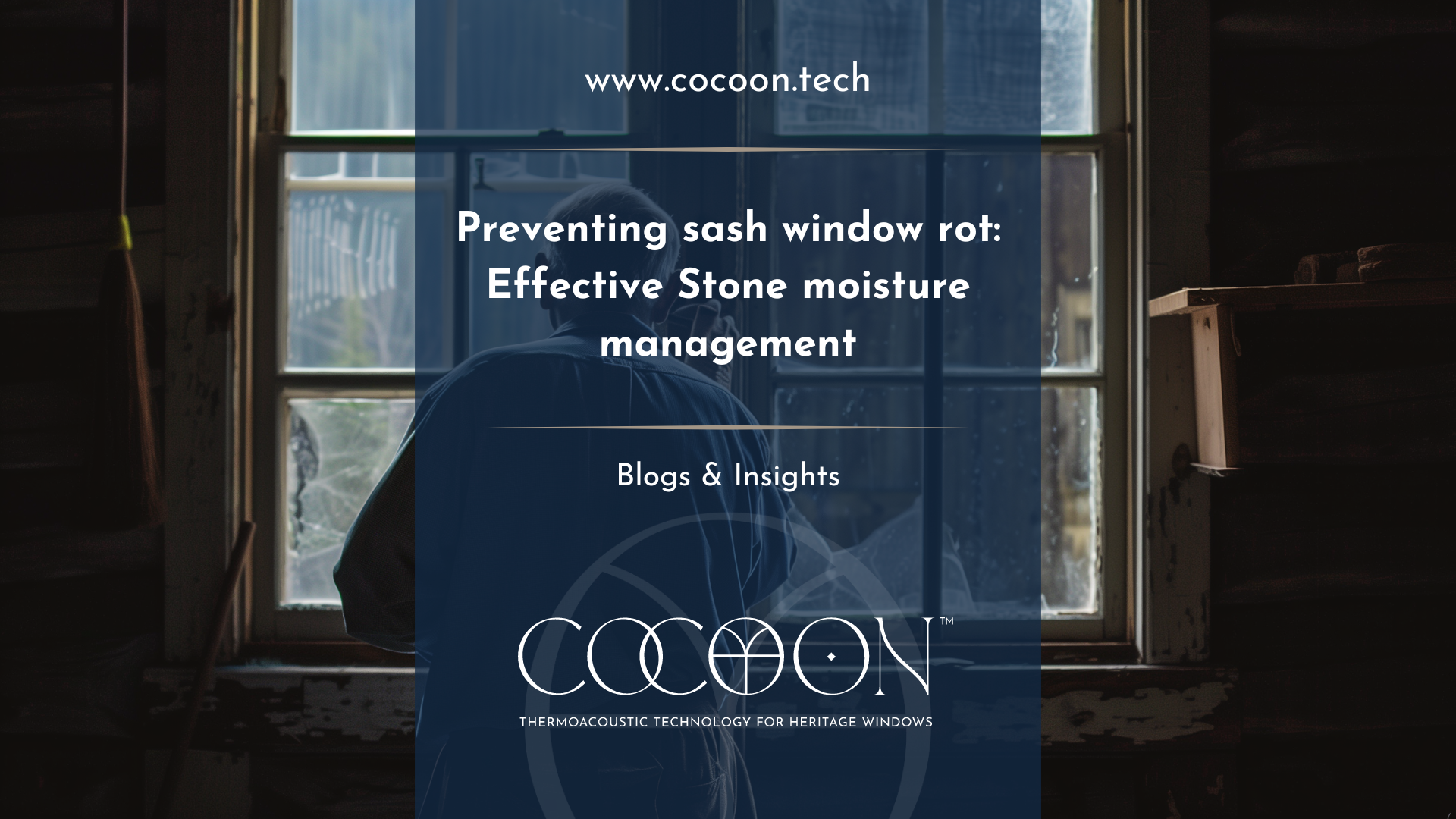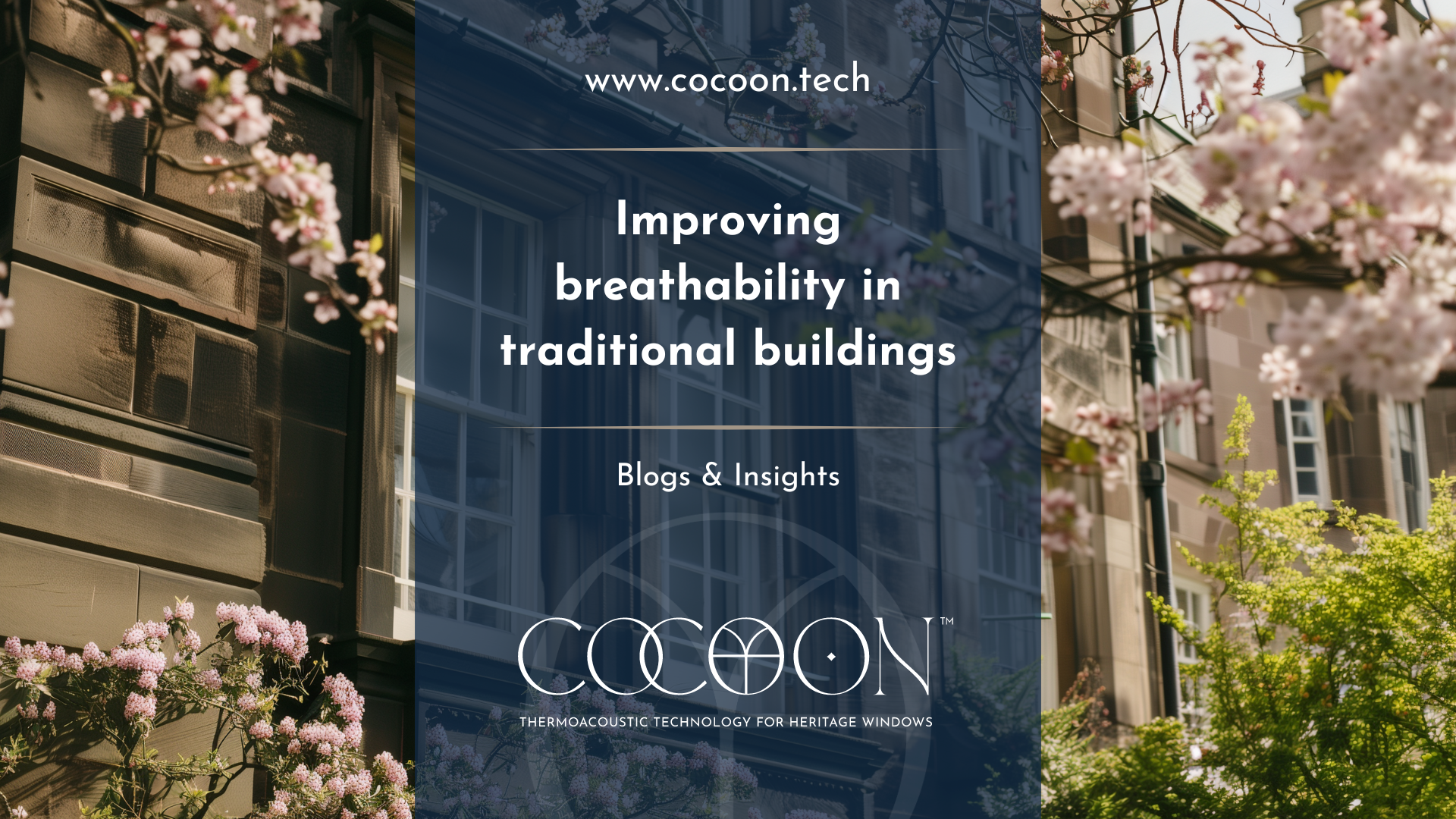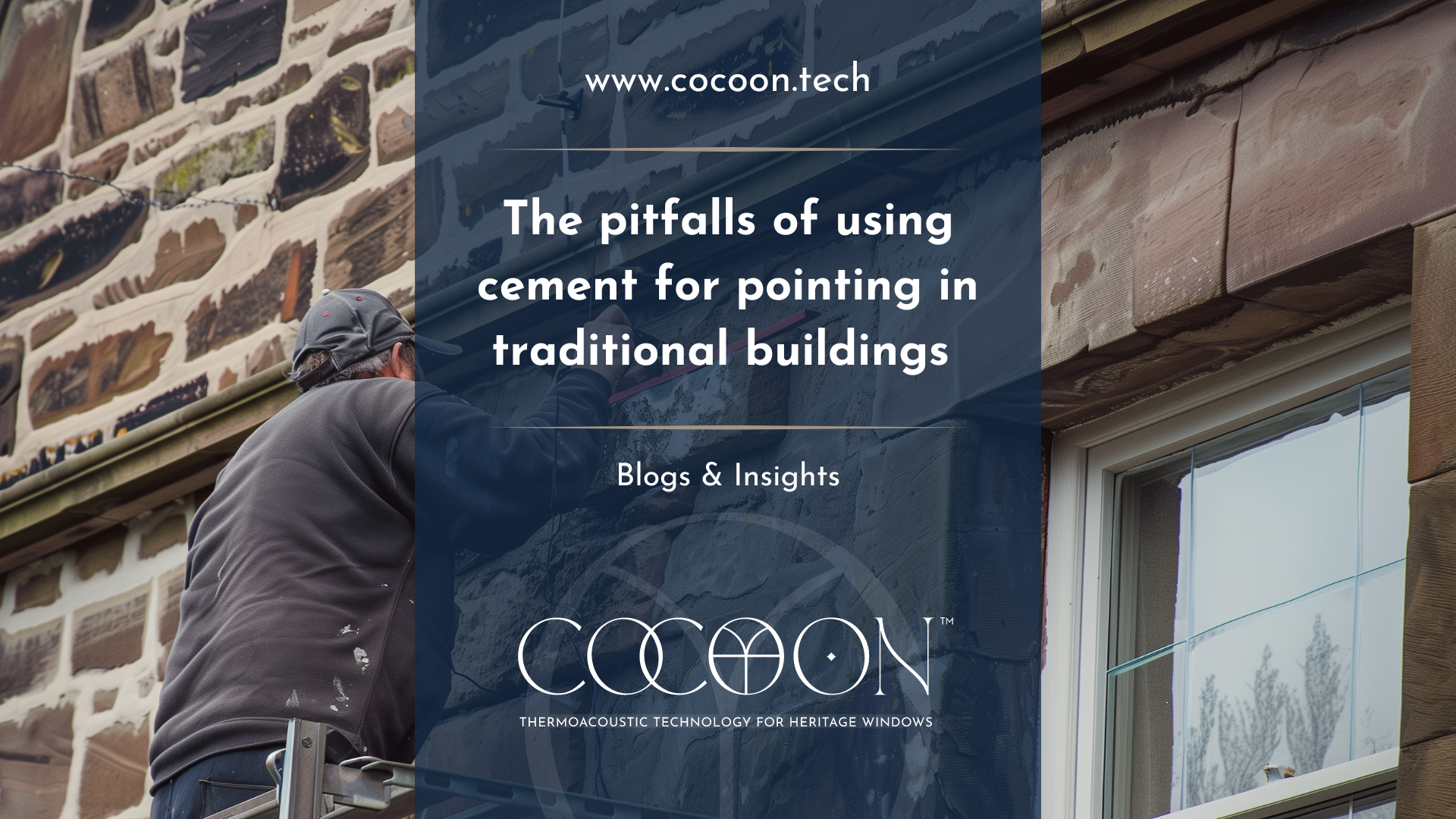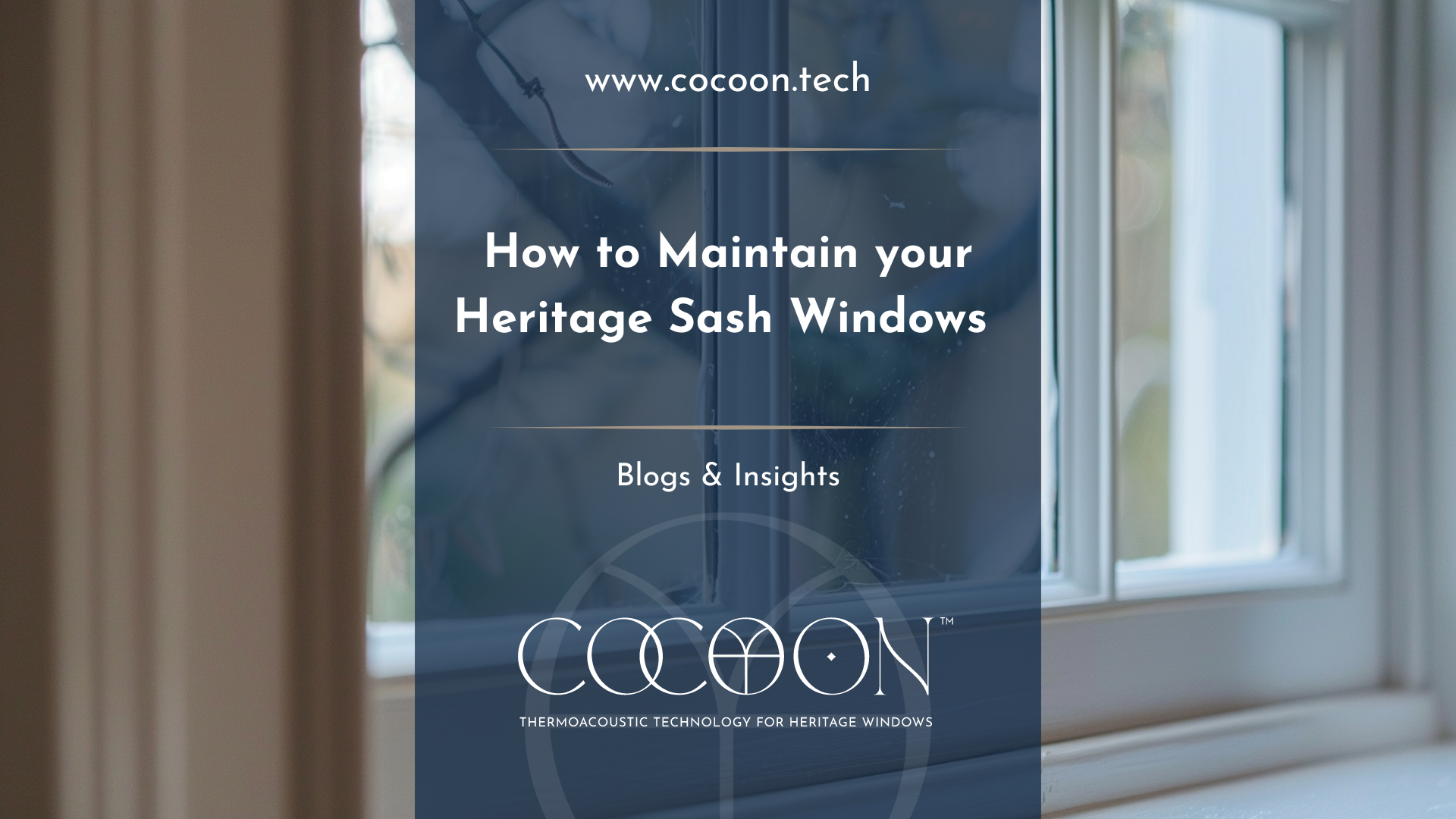What not to do when Retrofitting Older Buildings | Glaze & Save
As we have stated already in a previous blog on retrofitting “Listed and historic buildings need some extra attention when it comes to adding energy efficient improvements to their windows, but we could all do with enhancing the efficiency of our homes. By adding improvements to the existing windows, you can save yourself money as well as saving the planet.” So as you can no doubt tell, we are pretty passionate about responsible and sustainable retrofitting here at Glaze & Save. And while knowing what you should do in your quest for a fully energy efficient retrofitted wonder property, it is just as important to know what, in most cases, you should not do. And with irresponsible retrofitting representing a real threat to the sustainability of our built heritage, it is a lesson we could all do with learning. So without further ado, here are five things you should never do when retrofitting your traditional building.
1. Use Unbreathable Materials
Traditional buildings (that is, those built prior to 1919) were built with breathable walls that allowed for the ingress and excretion of water through those walls. It is one of the fundamental differences, one could argue, between traditional buildings and modern buildings, where ventilation is often mechanical.
It therefore goes almost without saying that retrofitting an unbreathable material, such as concrete, can have devastating effects on the fabric of your traditional buildings. As SPAB states :
“A modern cement render is incompatible with the construction of most old buildings and can cause or accelerate serious decay. Modern buildings generally depend on an impervious outer layer and cavities to keep out moisture. By contrast, old buildings tend to rely on their permeable nature ('breathability') to allow water absorbed by the fabric to evaporate back out.”
Using unbreathable materials can cause damp and rot to set into your traditional building, but can also lead to cracking and other structural problems.
2. Insulate External Walls
Investing in insulation seems like a smart retrofit for increasing the energy efficiency and thermal comfort of your original window. However, it is important to make sure that the correct insulation is installed. Speaking in The Guardian Rob Lloyd-Sweet, historic buildings adviser states “If you insulate [a] wall on the outside, that could keep the moisture in, causing damp and mould. If you insulate on the inside the wall outside will get colder, possibly making the moisture condense and saturate the wall.”
3. Overlook Simple Fixes
When retrofitting traditional buildings, it is tempting to splash out on big changes and the latest innovations. But it is often the common sense quick fixes that can provide the biggest energy savers: and should be carried out before dropping serious cash on bigger alterations to at least ensure the maximum efficiency of your big purchases.
Speaking in the Guardian , a panel of traditional building experts advocate the common sense approach, “Fit draught excluders to your letterbox and outside doors, get heavier curtains, make sure your radiators aren’t blocked by furniture, mend the broken panes of glass, fill in the gaps in the wooden panelling, insulate the loft access hatch, change all lights to LED and up the loft insulation,” they agreed.
Of course, at Glaze & Save we’ve been encouraging people to make low cost, high impact changes to their properties for maximum energy savings for a minimal cost. You can get your free copy of our Home Energy Hacks guide here.
4. Ignore Routine Maintenance
Similarly to the previous point, it cannot be denied that much energy waste in traditional buildings comes from overdue maintenance.
Roger Hunt, co-author of the Old House Eco Handbook, states in Green Spec , “Neglect the maintenance of an old building at your peril.” And he is not wrong! Routine and relatively minor issues such as blocked drains, loosened window putty, or cracked guttering can rapidly become serious issues if ignored, leading to decay, damp and structural instability. “The longer the problem goes unchecked, the greater the damage and the further the building’s history, character and value will be eroded and the less sustainable it becomes as more raw materials, resources, money and time will be needed to put things right.”
5. Replace Original Windows
Okay so if you windows are completely rotten, or falling out of their frames, or some other such injustice, then perhaps you should look into replacing your original windows. For everyone else, replacing original windows in a traditional building is a sure-fire way to devalue your property while causing further problems for the future.
Keeping your original windows in tact is almost always the best way to ensure the look, feel and character of your property, while reducing the construction waste associated with installing replacement windows. Original windows are almost always made of superior quality materials as well, ensuring that they will stand the test of time better than their modern equivalents.
Glaze & Save InvisiTherm® changes that by using innovative polycarbonate and a discrete, demountable magnetic strip to hang from. Because InvisiTherm®is completely removable with no damage to your existing windows, in many cases you do not need to obtain planning permission to install it. Not only that but InvisiTherm®can also be fitted to allow shutters to work and involves no loss of the original fabric of your windows. You can retain original your sash windows with historic glass, and avoid altering or removing them to receive double glazing.
Protect your windows and experience a warmer, cozy and more thermally efficient home with InvisiTherm® the all-in-one window solution. Reduce heat loss by 63%, Reduce noise by a minimum of 48%, eradicate condensation and draughts, and completely eliminate ultraviolet fading, all without the need for any permissions. Retain your original windows and full working shutters while turning your single glazing into double glazing. Contact today on 01738 562 068 or via our contact form to find out more and arrange your free survey.

